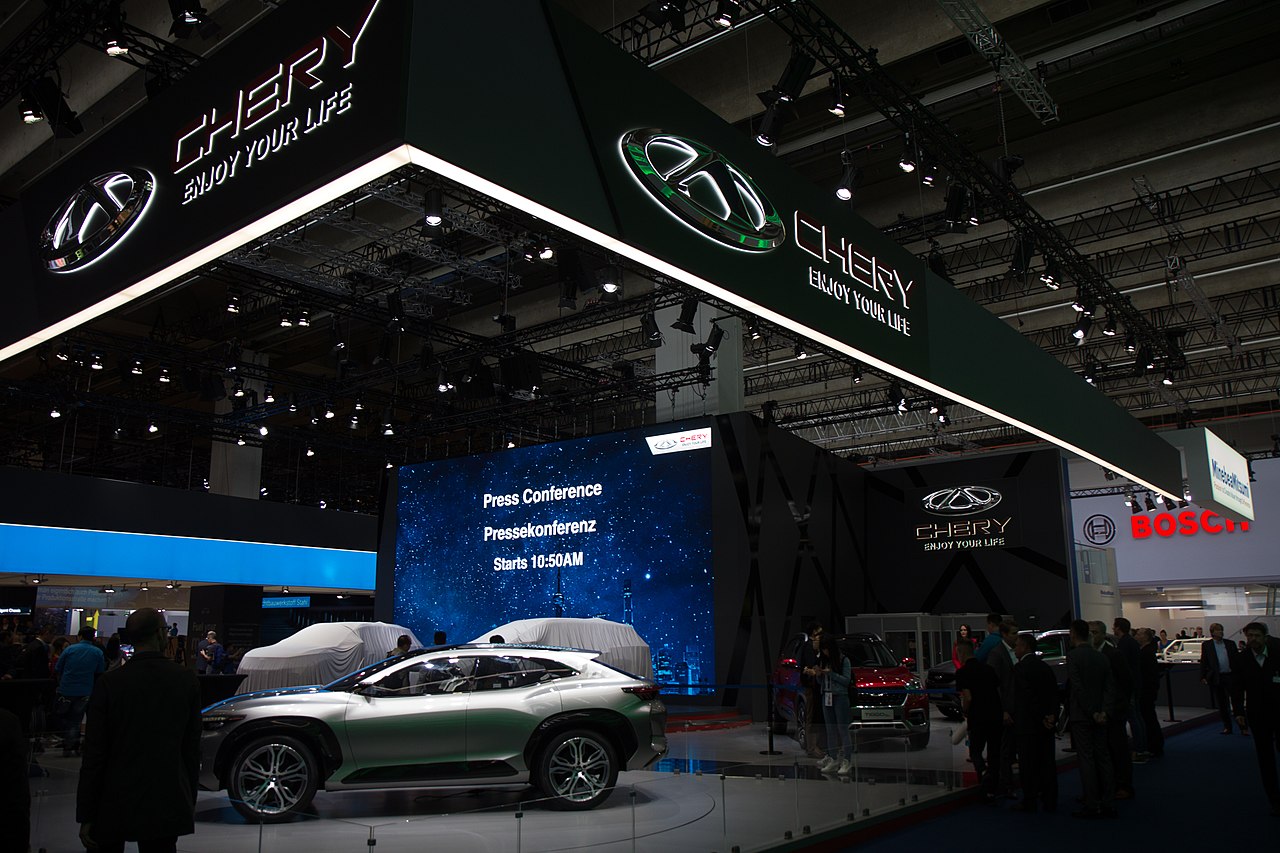Overview ChangJiang EV (Chinese: 长江), also known as Yangtze Motor (扬子江), was a Chinese automobile manufacturer headquartered in Zhejiang Province, Hangzhou, China. The company specialized in the development and production of electric vehicles.
History ChangJiang EV was founded in 2015 as a division of FDG Electric Vehicles. The company operated two R&D centers, a battery manufacturing plant, and vehicle assembly plants. The main factory was located in Hangzhou, with an additional facility in Kunming. ChangJiang also had a plant in the United States through a partnership with Smith Electric Vehicles.
On April 17, 2016, the company officially launched its ChangJiang EV brand (长江-EV).
Historical Background
An earlier iteration of the ChangJiang brand, known as Chang’an ChangJiang, dates back to the 1950s. The first vehicle, the Chang’an ChangJiang 46, was produced between 1959 and 1963. Only 3,000 units were manufactured. The vehicle was designed by Xu Guangqi and featured a 2.2-liter 4-cylinder water-cooled carburetor engine with a seating capacity of six. However, the company transitioned into Beijing Auto Works after the loss of manufacturing equipment during transportation across the Yangtze River.
Decline and Bankruptcy
Due to financial difficulties exacerbated by the COVID-19 pandemic, ChangJiang EV filed for bankruptcy in August 2020. The company underwent liquidation, having sold only 1,000 vehicles in 2020 and failing to pay staff since late 2019.
Vehicles
Production Models
Hatchbacks & Sedans:
- ChangJiang E60/E260: Compact hatchback (2019-2020) with a 25kWh motor, 37 kWh battery, and a charging time of 7.7 hours.
- ChangJiang 360e: Compact sedan (2016), based on the Lifan 650, with a 100 kW motor.
- ChangJiang eCool: Hatchback (2016-2020).
SUVs:
- ChangJiang A1/A60: SUV (2016-2020).
- ChangJiang A2: SUV (2016-2020).
- ChangJiang A3: Large SUV (2016-2020).
- ChangJiang C1: Sports SUV (2016-2020).
- ChangJiang C2: Wagon-style SUV (2016-2020).
- ChangJiang Vincent Concept: SUV concept with a 500 km range.
Vans & Minibuses:
- ChangJiang SP04: Cargo van, based on the Jinbei Haise X30L.
- ChangJiang SP06: Full-size van, based on the Skywell D11.
- ChangJiang eBoss: Minibus (2016-2020) seating 10-25 passengers.
- ChangJiang eGlory: Cargo van (2016-2020), capable of seating up to 20 passengers.
- ChangJiang V08S/V8070: Cargo van (2017), later renamed Chanje V8070 in 2018.
Trucks:
- ChangJiang SM01: Box truck.
- ChangJiang SM07: Box truck.
- ChangJiang M04: Box truck (2018-2020), with a 40-60 kW motor and 1.6-ton cargo capacity.
Service Vehicles
Buses:
ChangJiang EV produced various electric bus models, including:
- ChangJiang FDC6810TDABEV03
- ChangJiang FDC6600TDABEV02
- ChangJiang FDC6810TDABEV04
- ChangJiang FDC6750TDABEV03
- ChangJiang FDC6120PDABEV02
- ChangJiang CJ6101G7C13HK
- ChangJiang CJ6922TC
Cargo Vans:
- ChangJiang FDC5080XXYABEV02
- ChangJiang FDC5060XXYABEV01
- Yangtse WG5031XXYBEV
Concept Vehicles
ChangJiang EV showcased three concept vehicles at the 2018 Beijing Auto Show:
- Concept #01 (Concept EV): A 4-door, 5-seat electric sedan.
- Concept #02: A 2-door vehicle with a 1,000 km range.
- Vincent Concept: A 5-door SUV with a 500 km range.
Production Facilities
- Hangzhou, China: Primary assembly plant.
- Kunming, China: Secondary plant.
- United States: Partnered with Smith Electric Vehicles.
Legacy and Impact
ChangJiang EV was one of China’s many ambitious electric vehicle manufacturers aiming to establish a foothold in the rapidly growing EV market. Despite its promising start and extensive vehicle lineup, financial mismanagement and market instability led to its untimely demise in 2020.
Despite its failure, ChangJiang’s influence remains through its technology and manufacturing capabilities, which were absorbed by other EV manufacturers in China.











